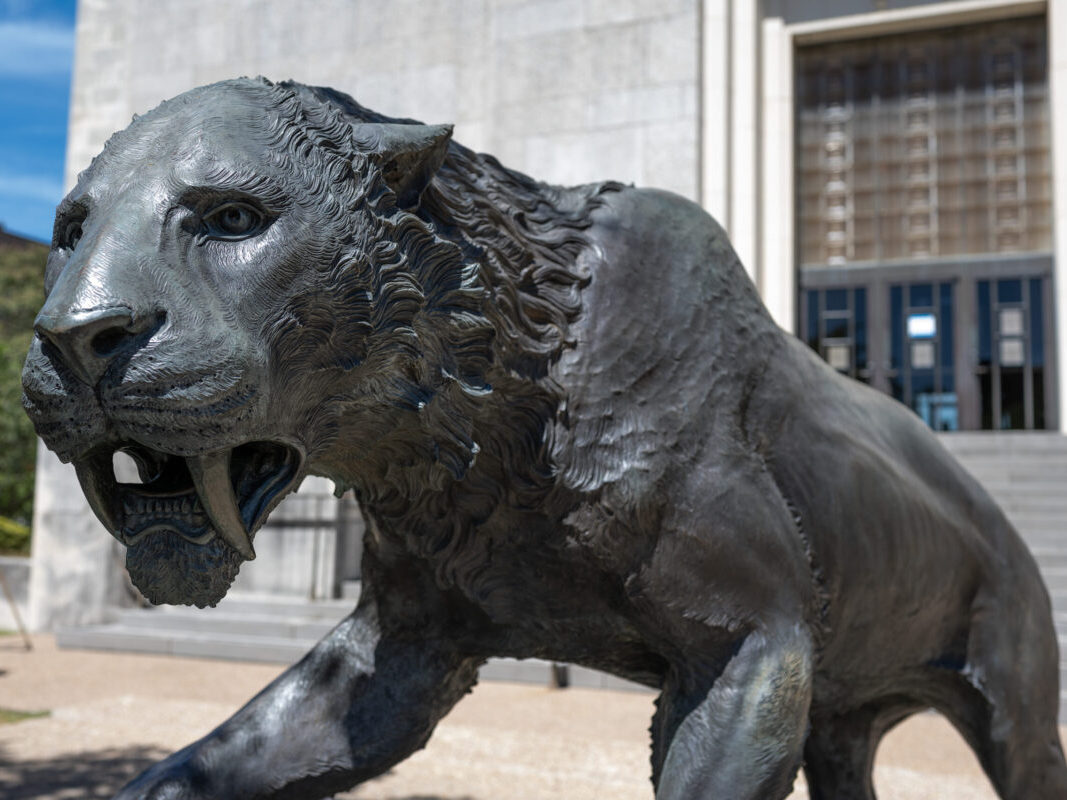
Texas Science & Natural History Museum
Located on the UT Austin campus, Texas Science & Natural History Museum engages visitors of all ages with the unique and irreplaceable natural history of Texas, featuring new exhibits, hands-on activities, and outstanding fossil specimens.

Star Parties at UT Austin
The Astronomy Department hosts public viewings on the UT Austin telescopes multiple nights per week when UT is in session. Check the website for current schedule and locations for public viewings.
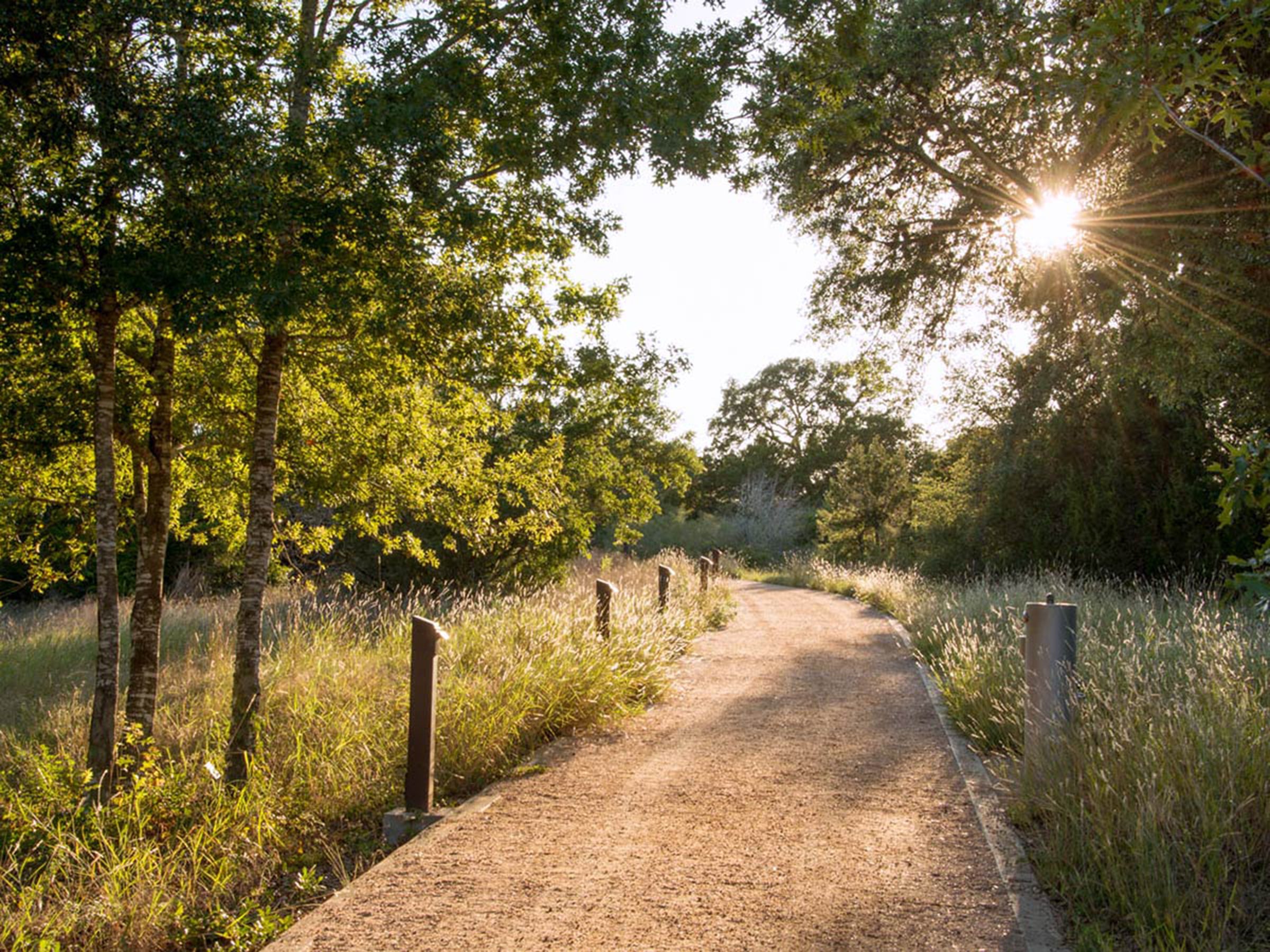
Lady Bird Johnson Wildflower Center
The official Botanic Garden and Arboretum of Texas is a part of the College of Natural Sciences, dedicated to beautiful, resilient and wildlife-friendly native plants. Enjoy programming, stroll the gardens and learn at the center, located in southwest Austin.
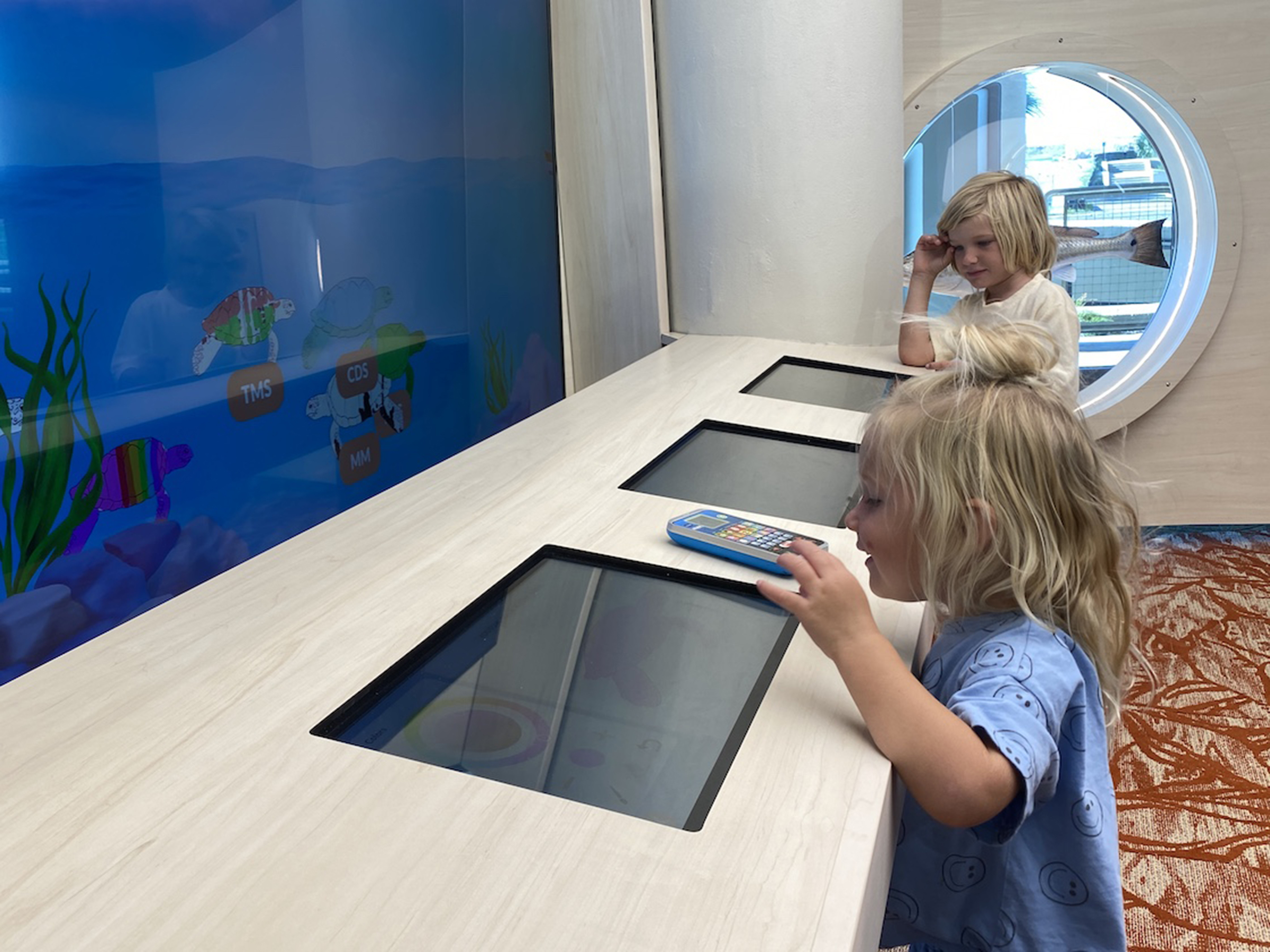
Patton Center for Marine Science Education
The center, based in Port Aransas at our Marine Science Institute, features eight large aquaria and engaging interactive displays. Visitors of all ages have opportunities to learn about the local marine life on the Texas Coast and the research by UT marine scientists.
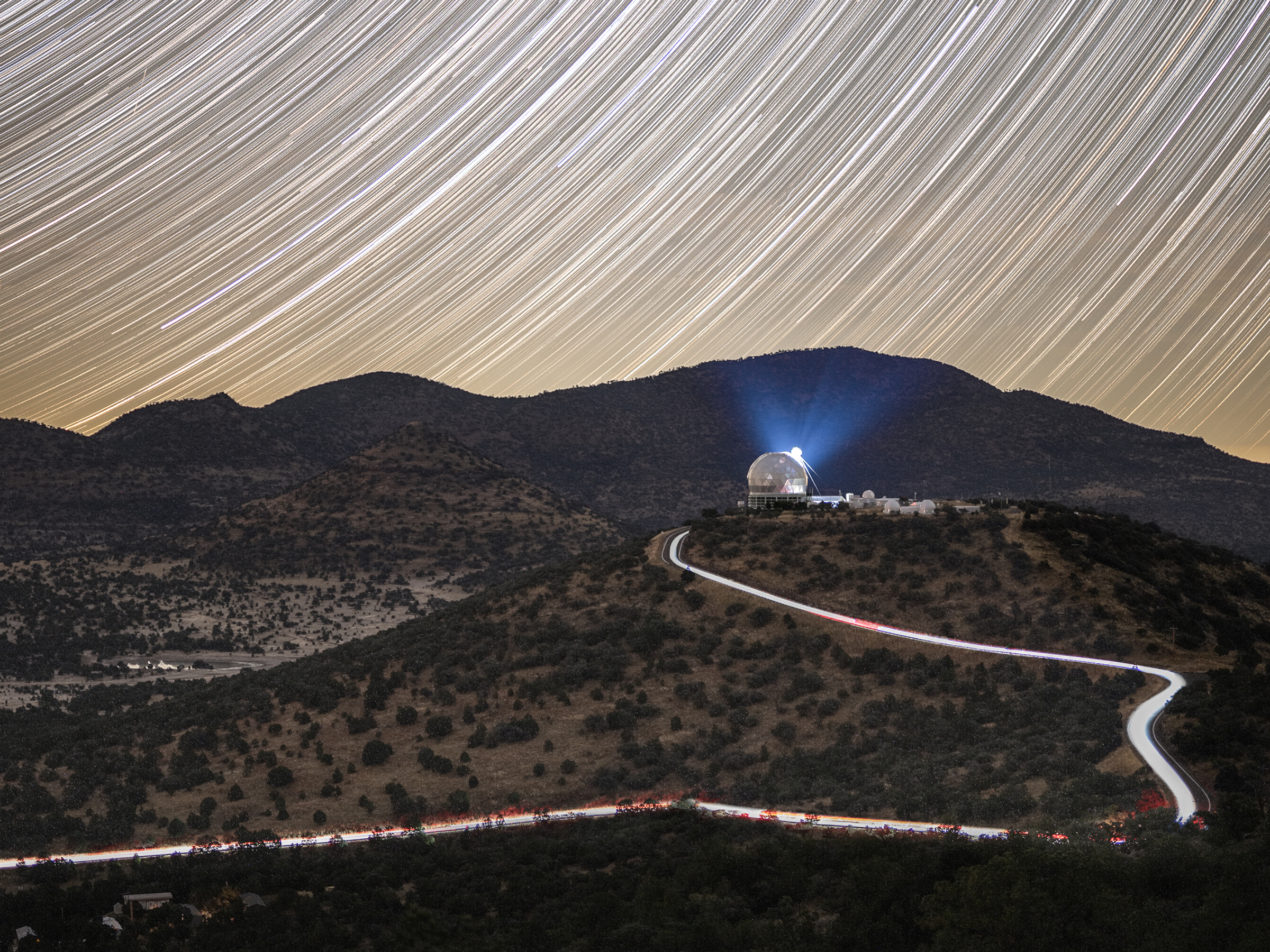
McDonald Observatory
McDonald Observatory operates a multi-faceted international public outreach program. The on-site Frank N. Bash Visitors Center provides daytime activities, night-time star parties and public tours. McDonald also produces the StarDate radio program, StarDate magazine, the StarDate Online website, and special programs for teachers and school children.
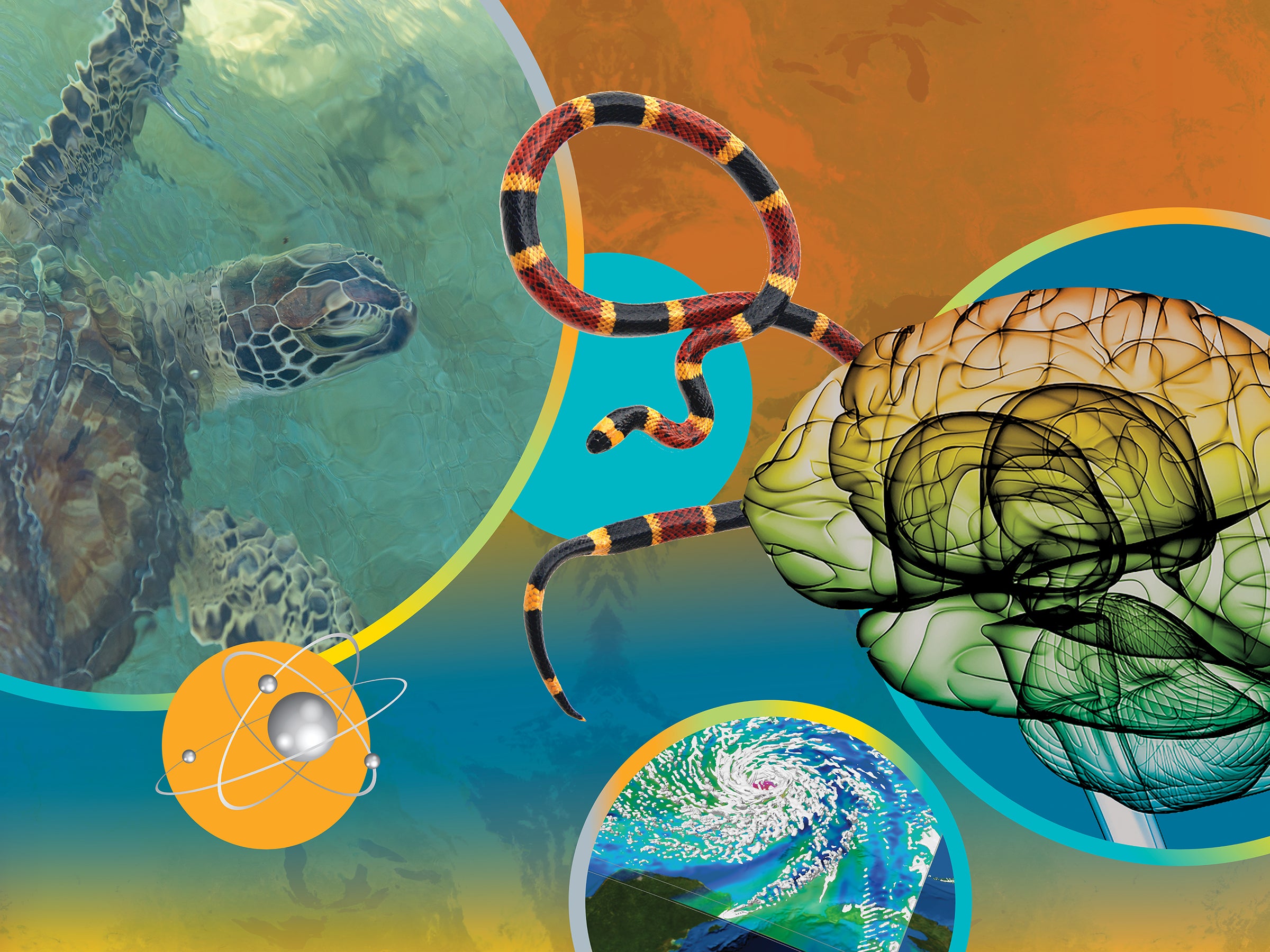
Texas Science Festival
This virtual spring festival provides opportunities to interact with scientists, engage in science lessons and take dives into exciting areas of research, with events often held in person in Austin, Fort Davis and Port Aransas, Texas, as well as virtually for attendees anywhere to enjoy.
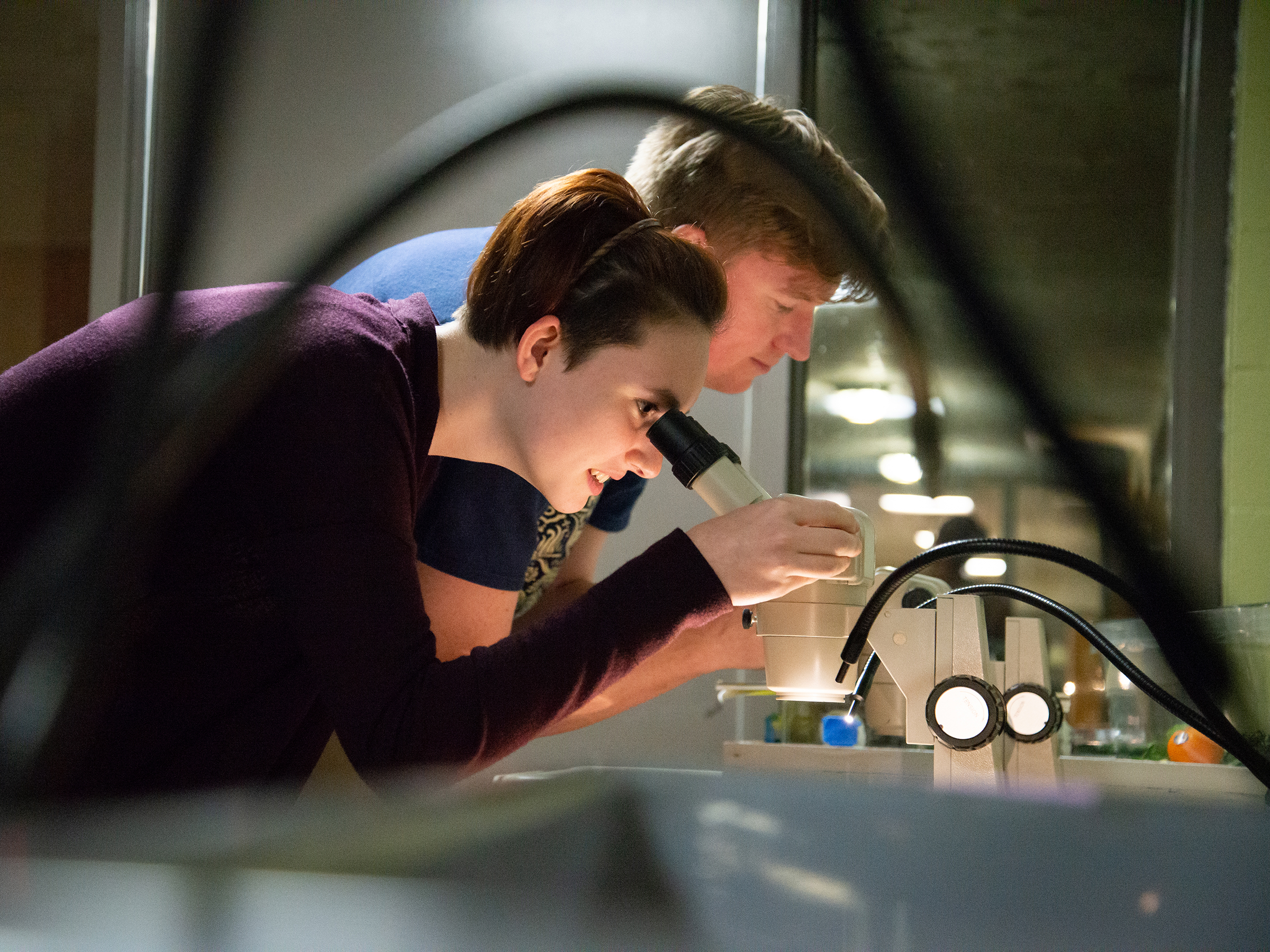
Science Under the Stars
This free, monthly public outreach lecture series was founded and organized by graduate students in the Department of Integrative Biology and graduate program in ecology, evolution and behavior at UT Austin. Members of the public are welcome virtually and in person.
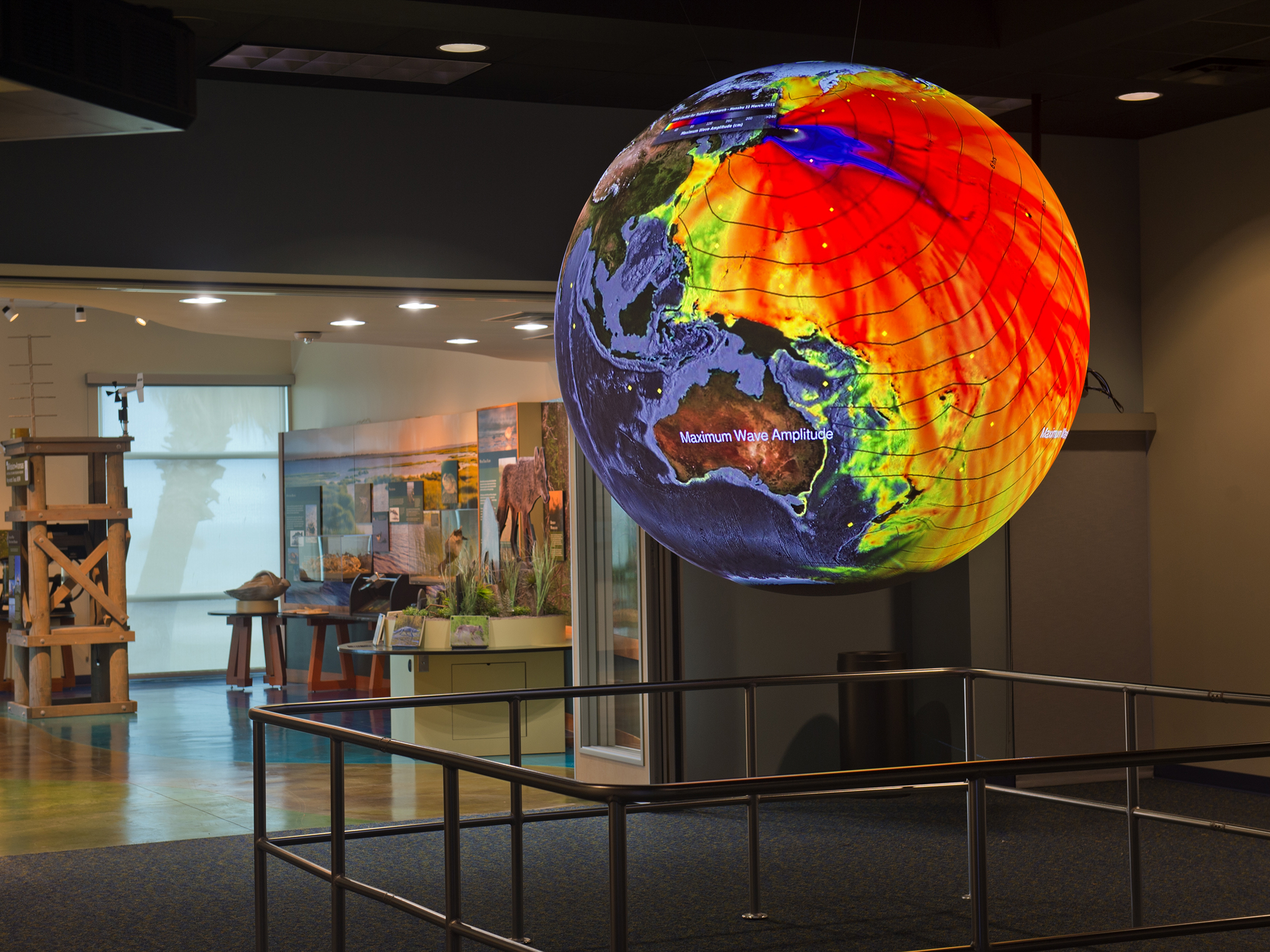
Bay Education Center
Another visitor center overseen by UTMSI and its Mission-Aransas Reserve, the Bay Education Center is located in nearby Rockport. It offers visitors of all ages the chance to interact with exhibits featuring lessons and insights about the different habitats found in Texas estuaries, marshes, oyster reefs, seagrass and riparian habitats.
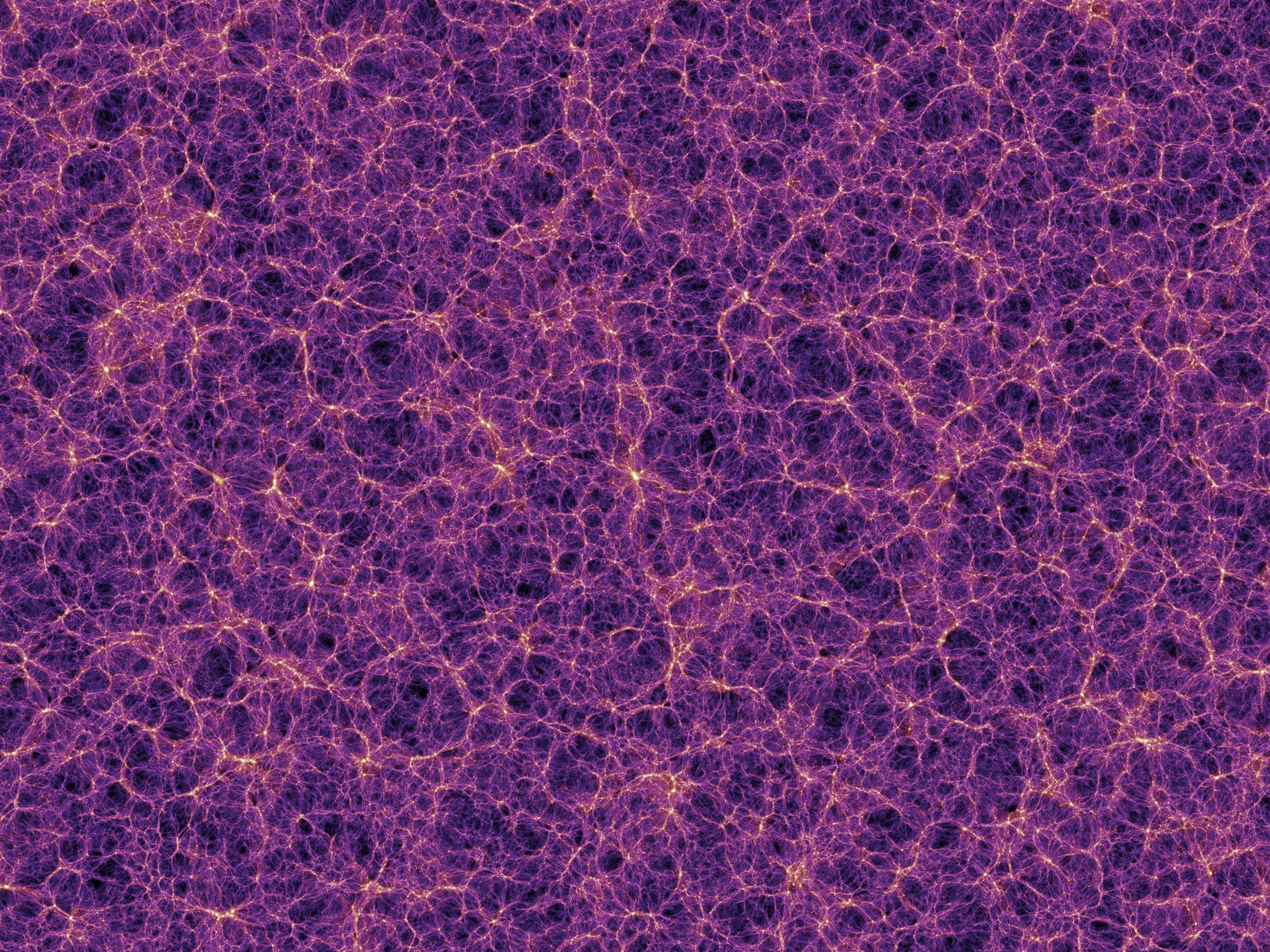
Dark Energy Explorers
The Hobby-Eberly Dark Energy Experiment (HETDEX) needs your help as a citizen scientist on its quest to identify millions of galaxies that are 9 billion to 11 billion light-years away. You can help with the largest map of the universe ever made and our astronomers’ efforts to understand dark energy.
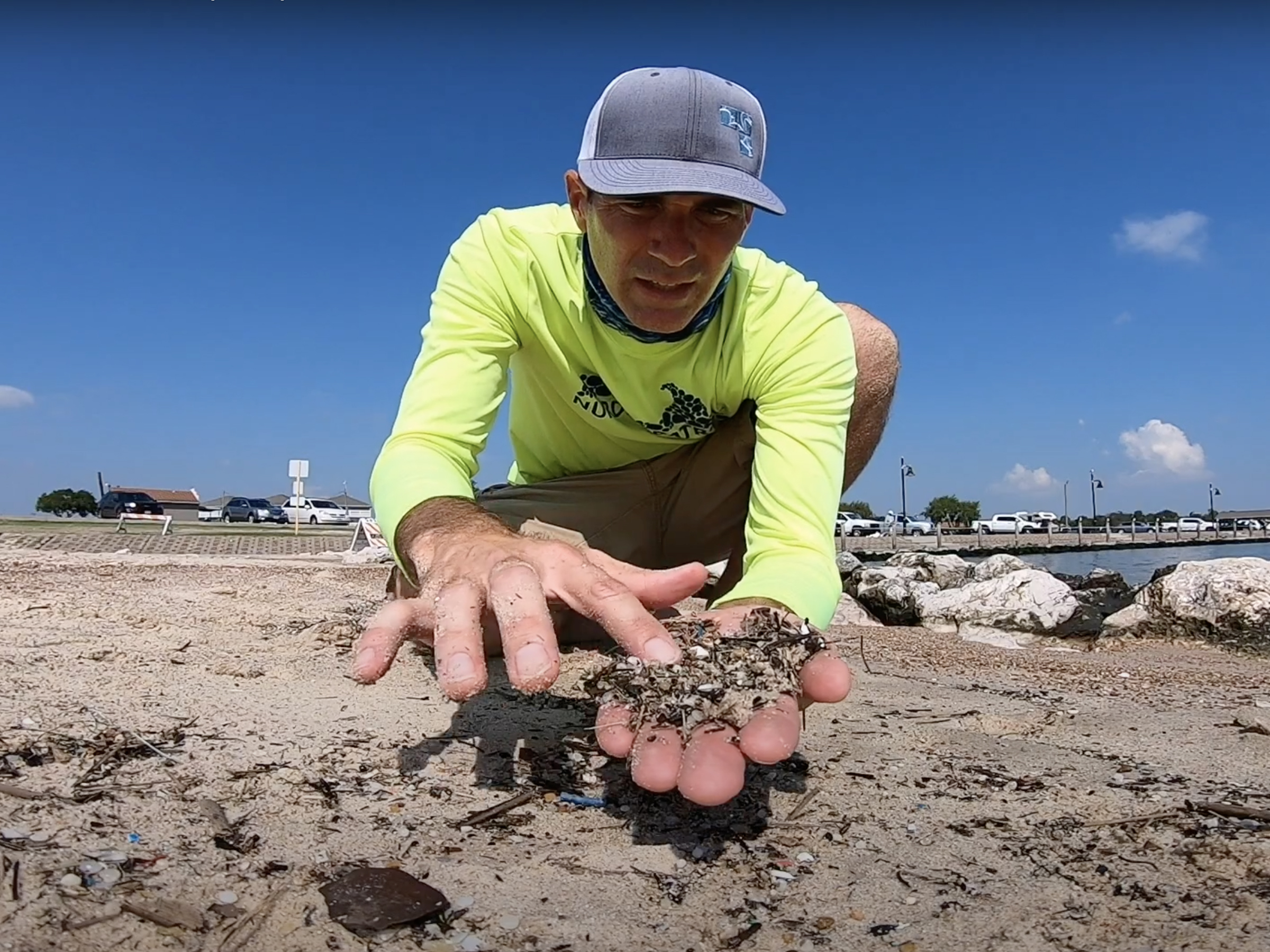
Nurdle Patrol
A citizen science project led by the Mission-Aransas National Estuarine Research Reserve at the UT Marine Science Institute in Port Aransas, Texas, Nurdle Patrol members track small plastic pellets that can be harmful to some animals. Help the Nurdle Patrol collect information on when and where nurdles are present.
